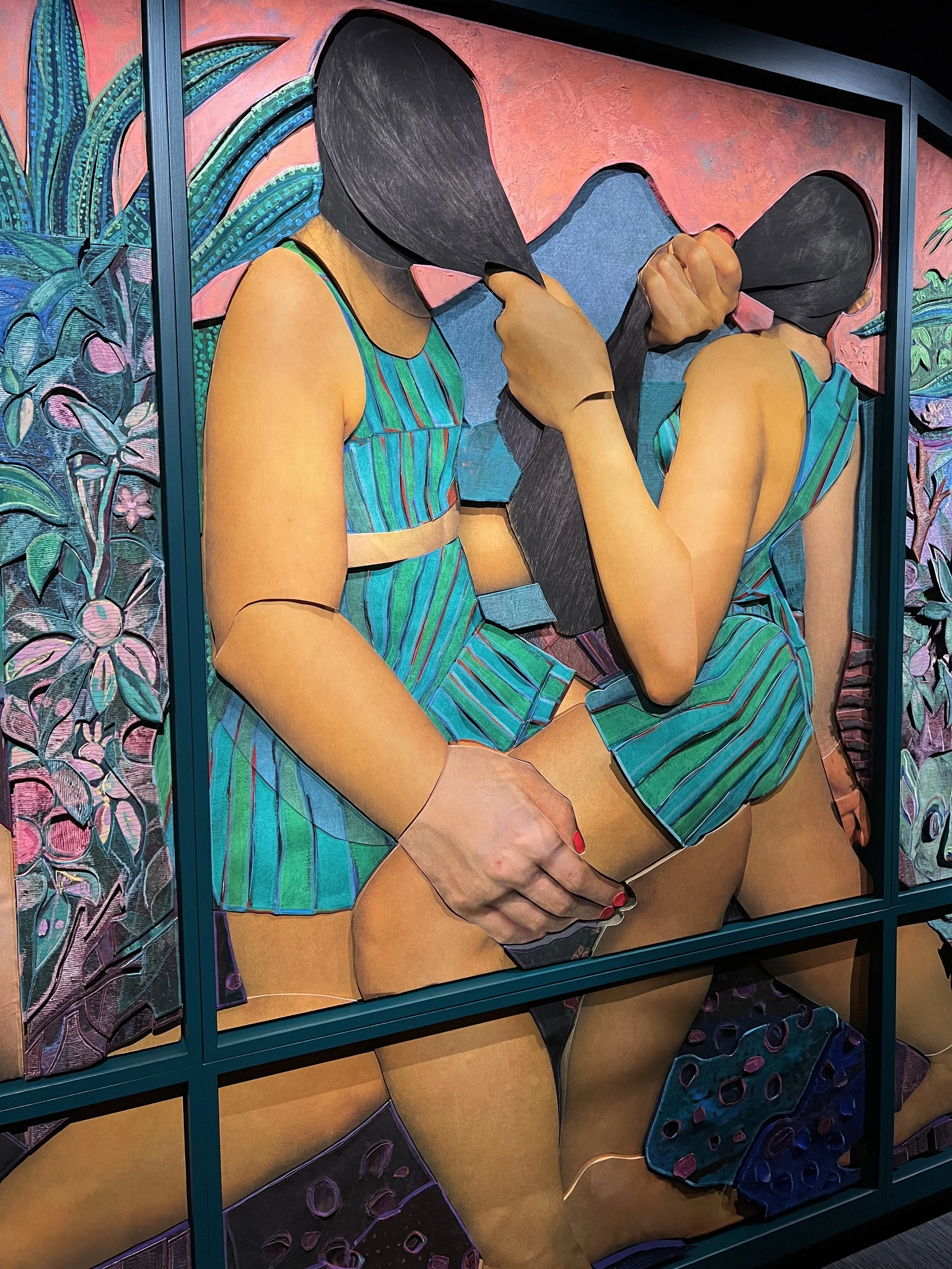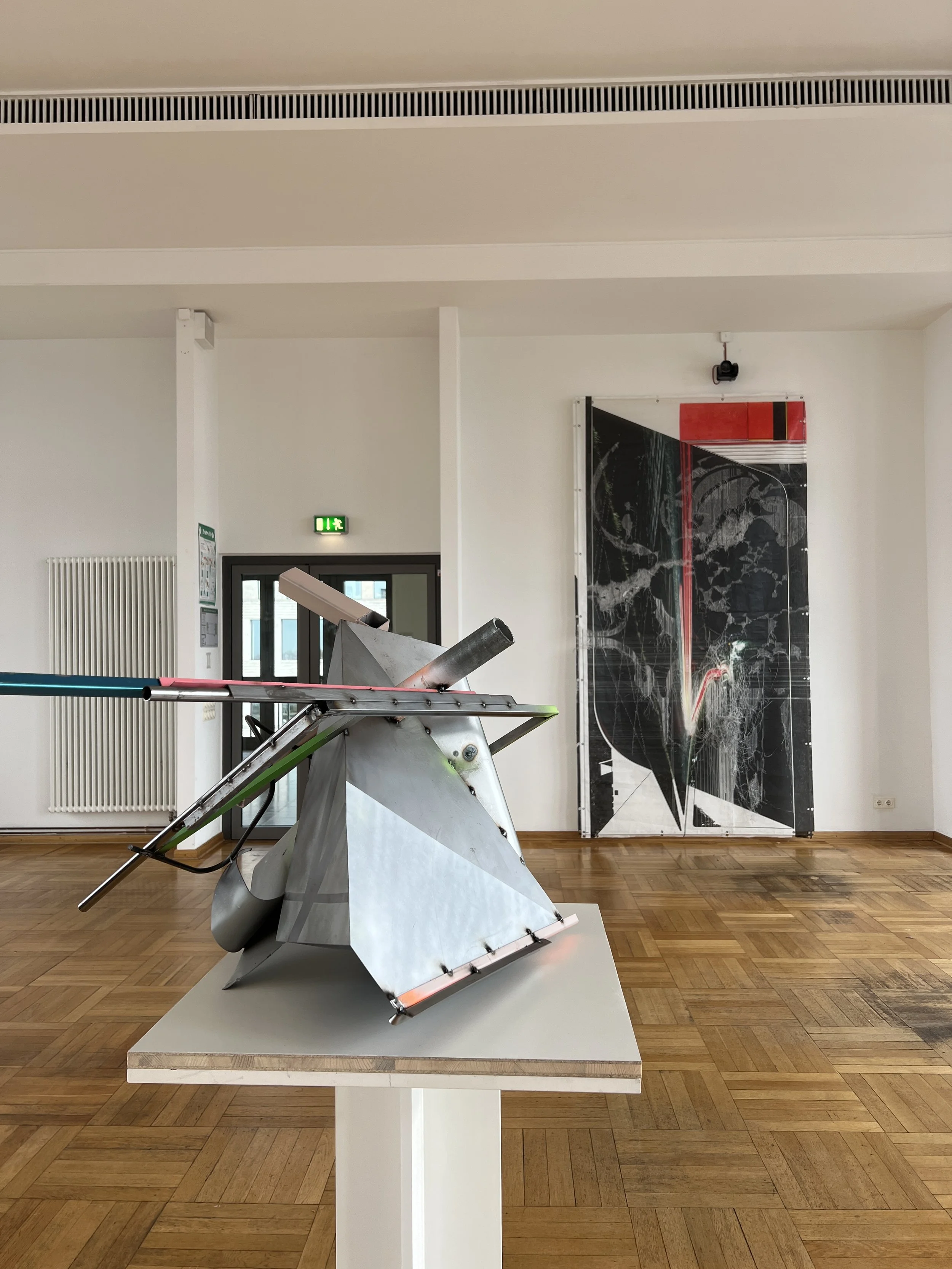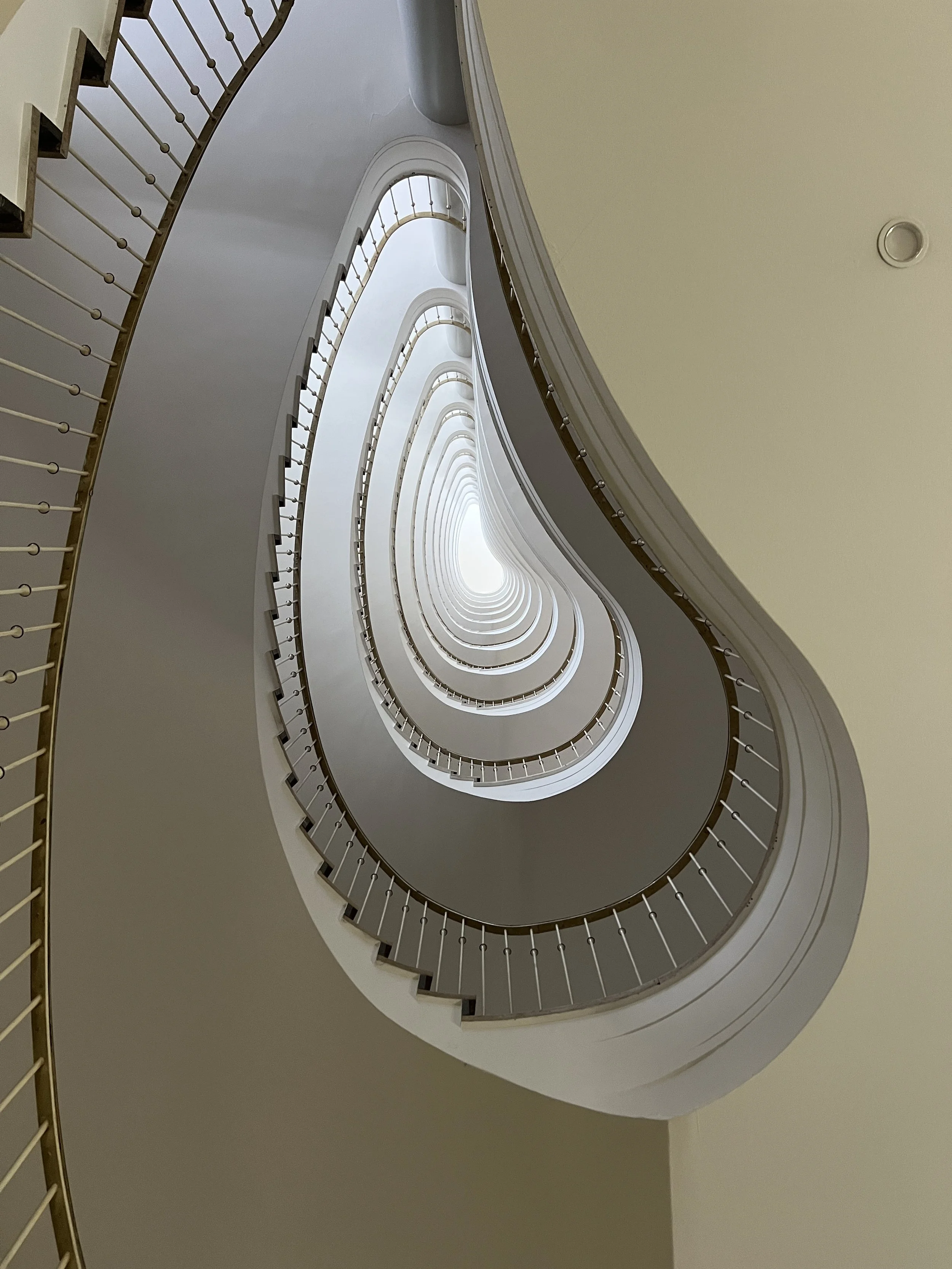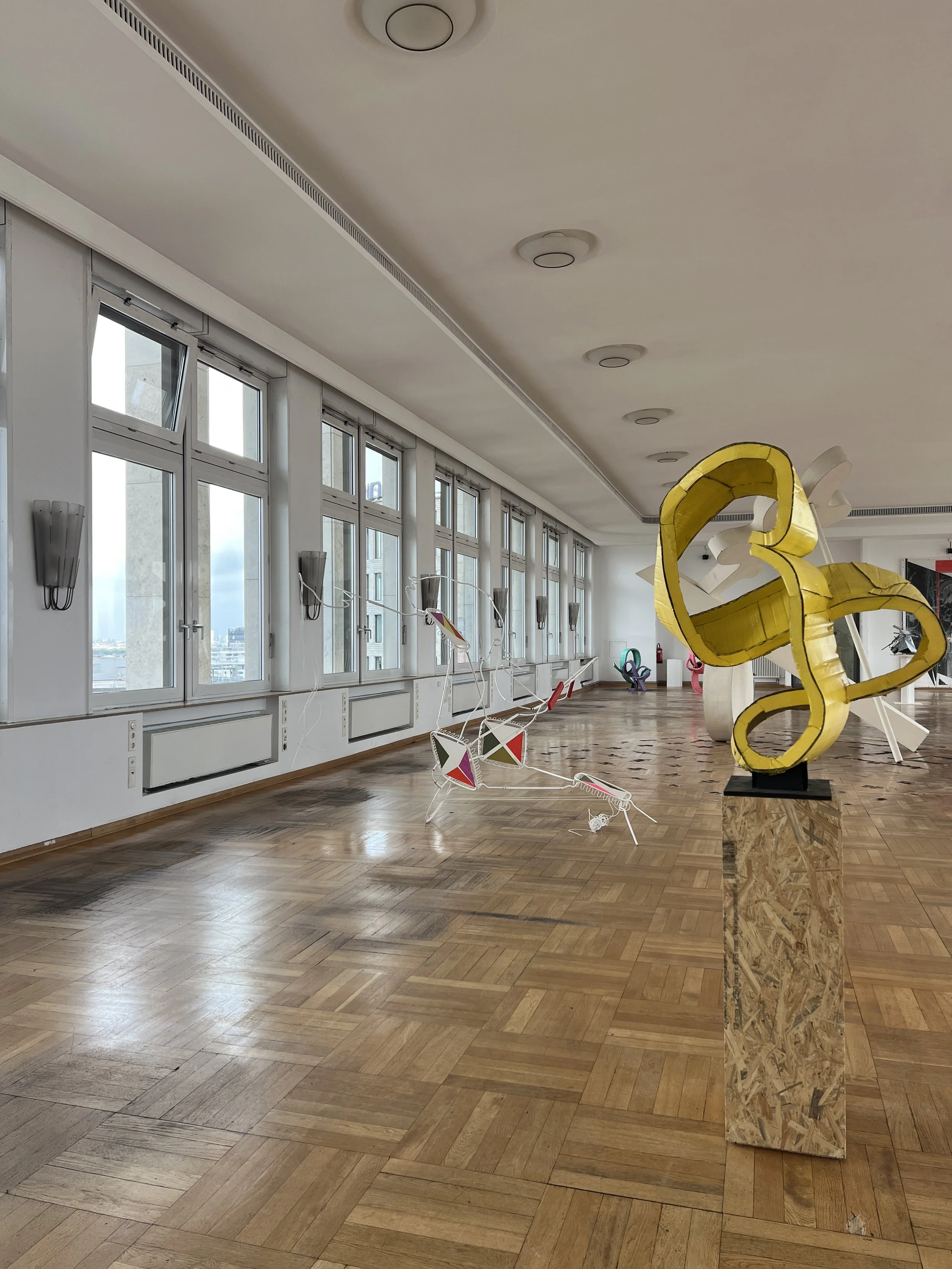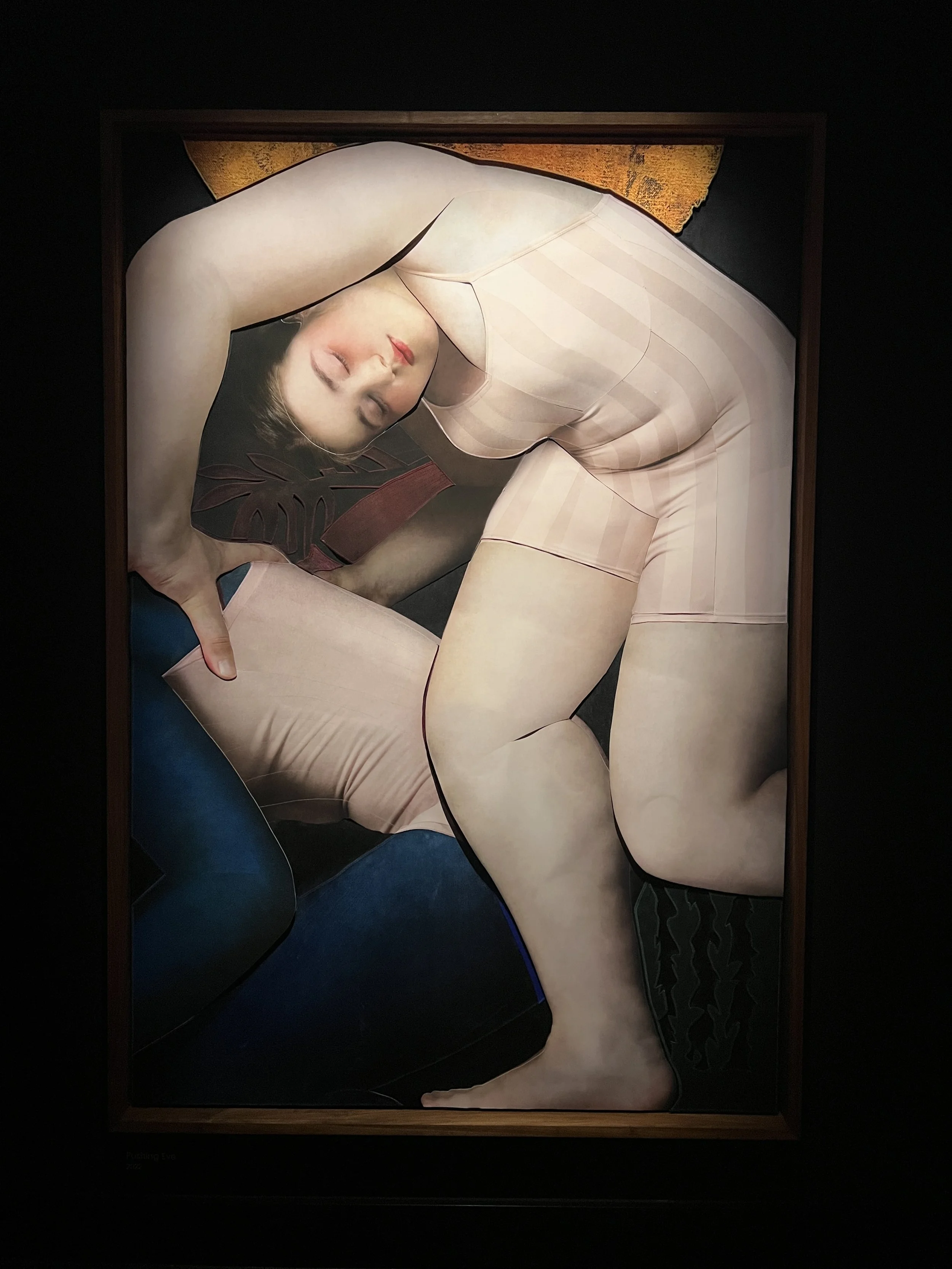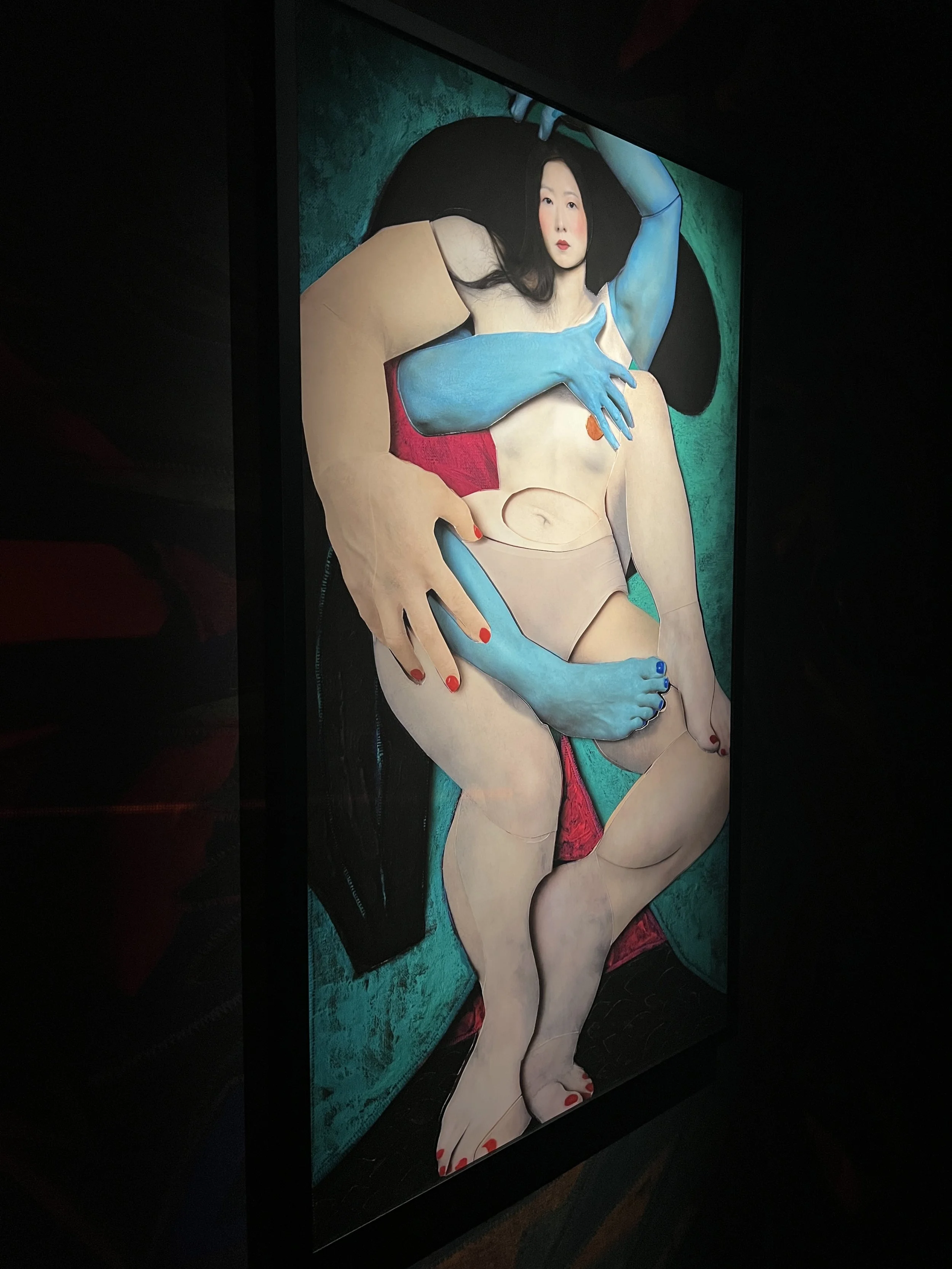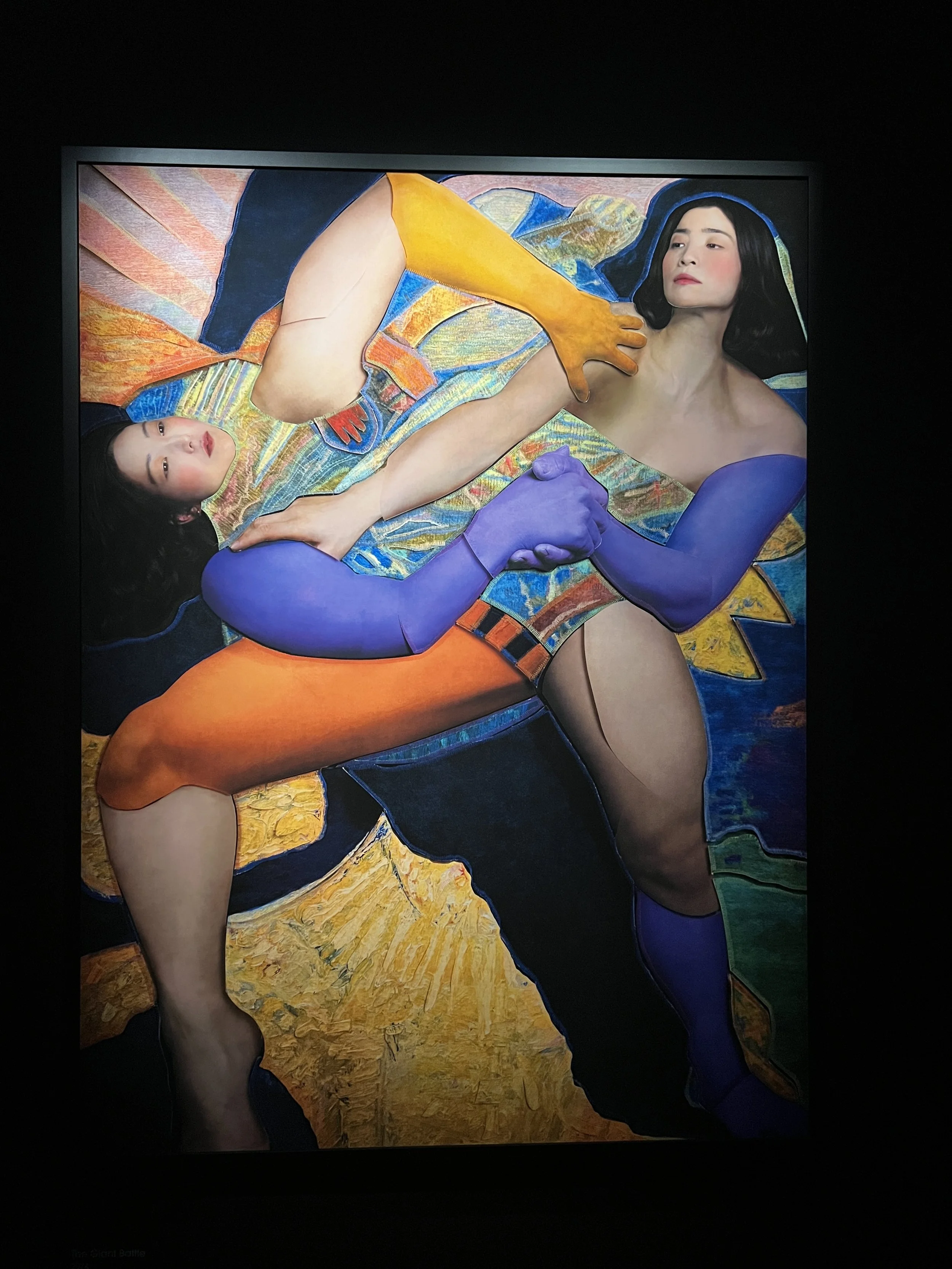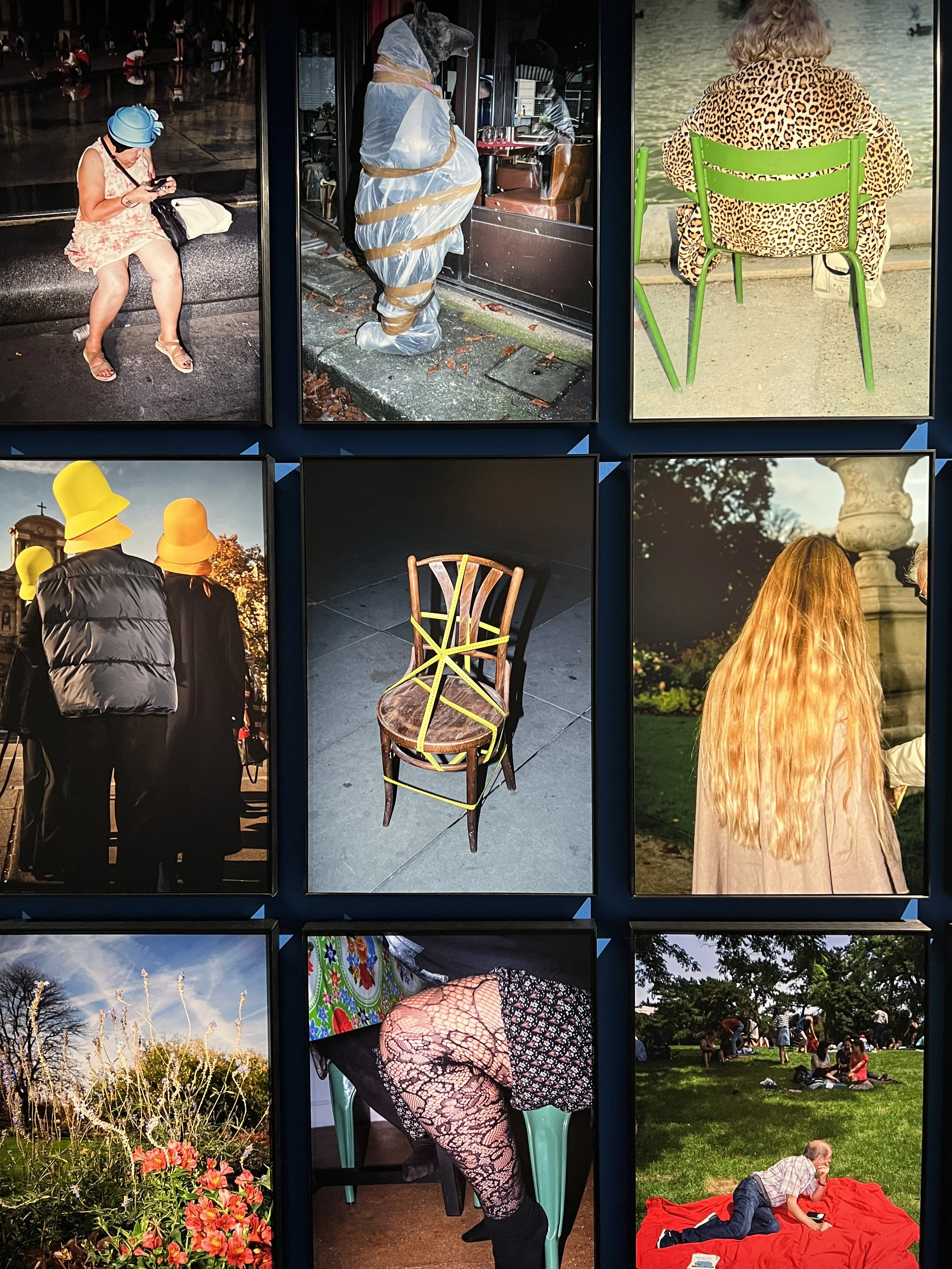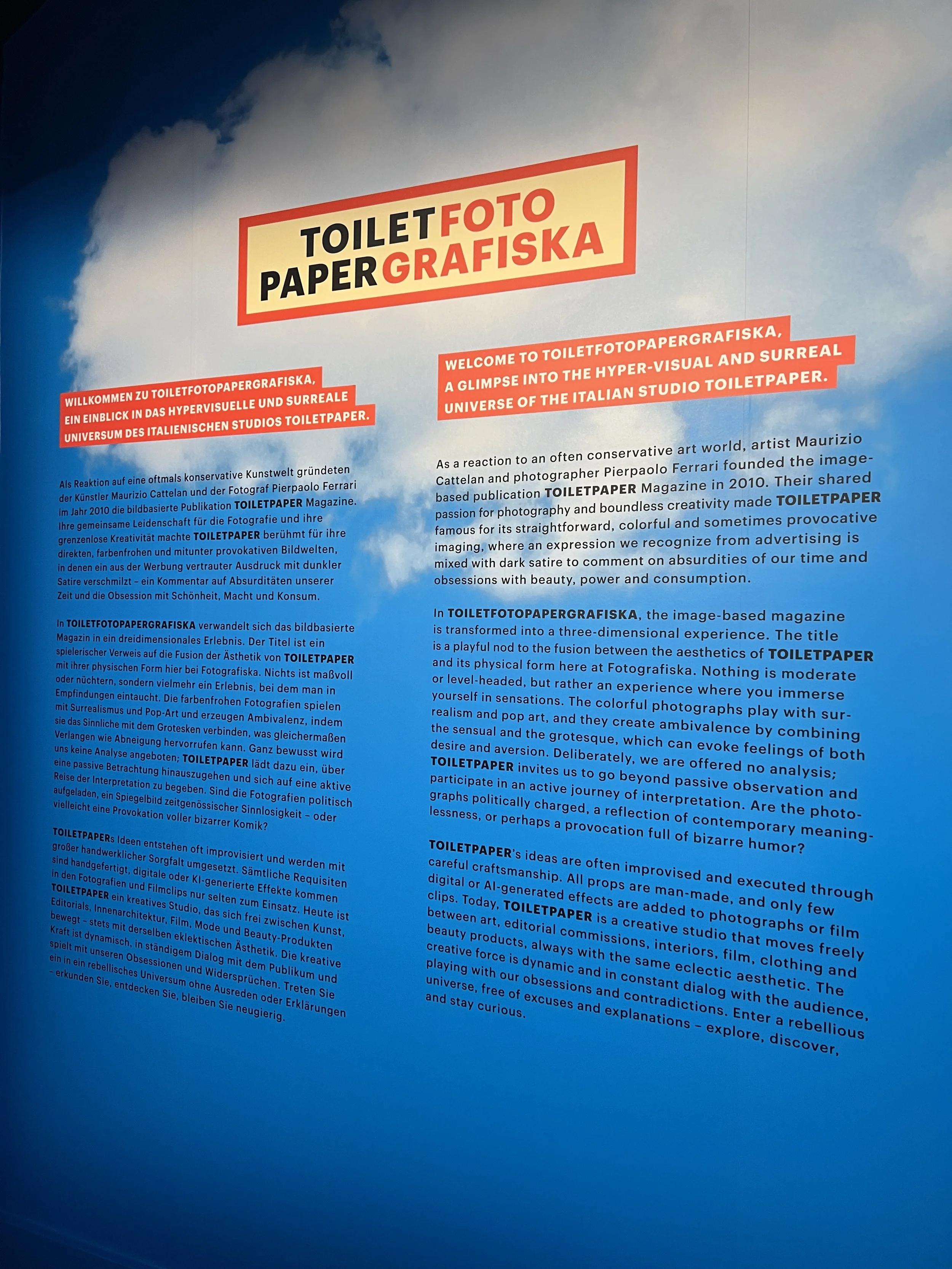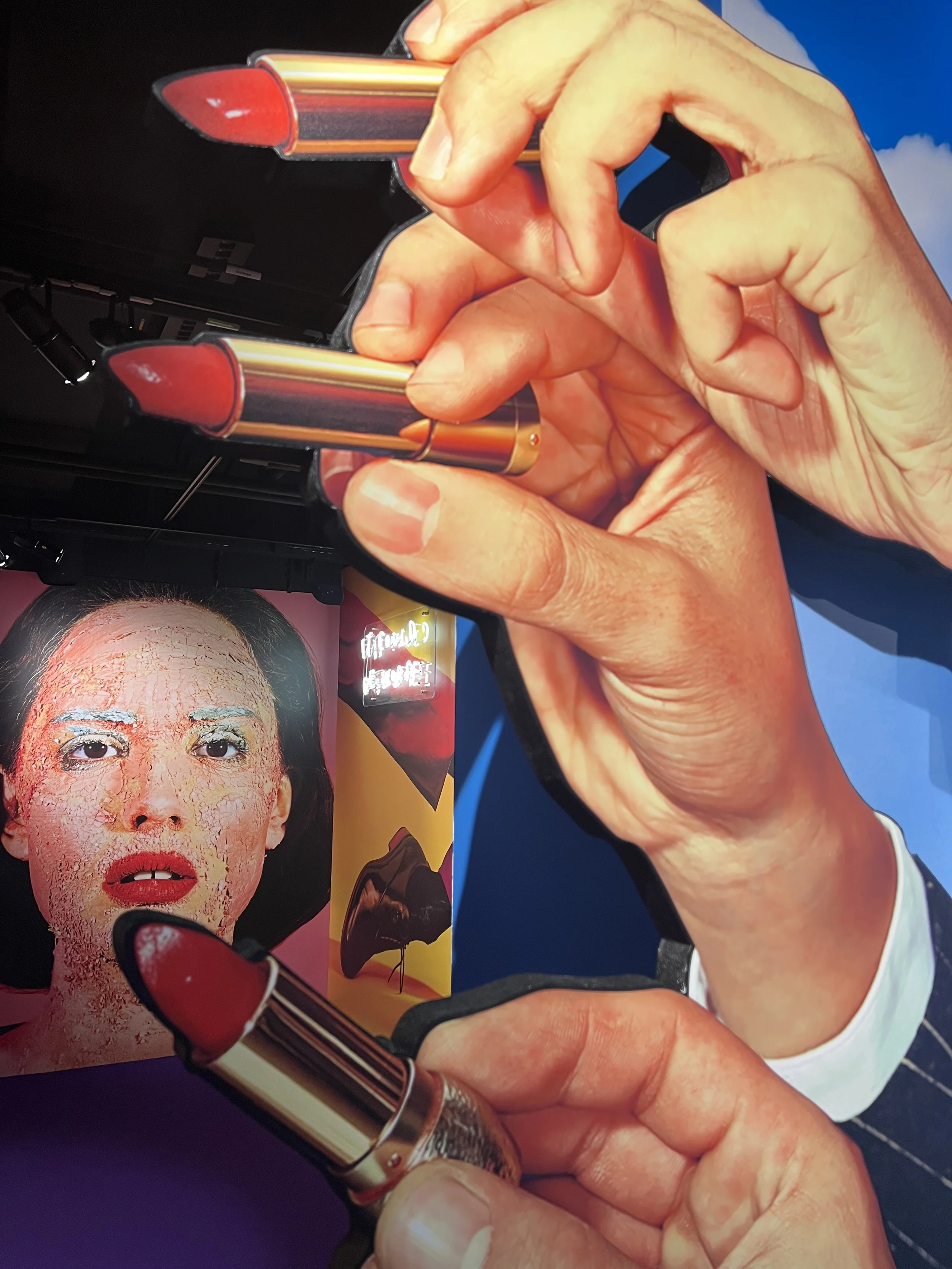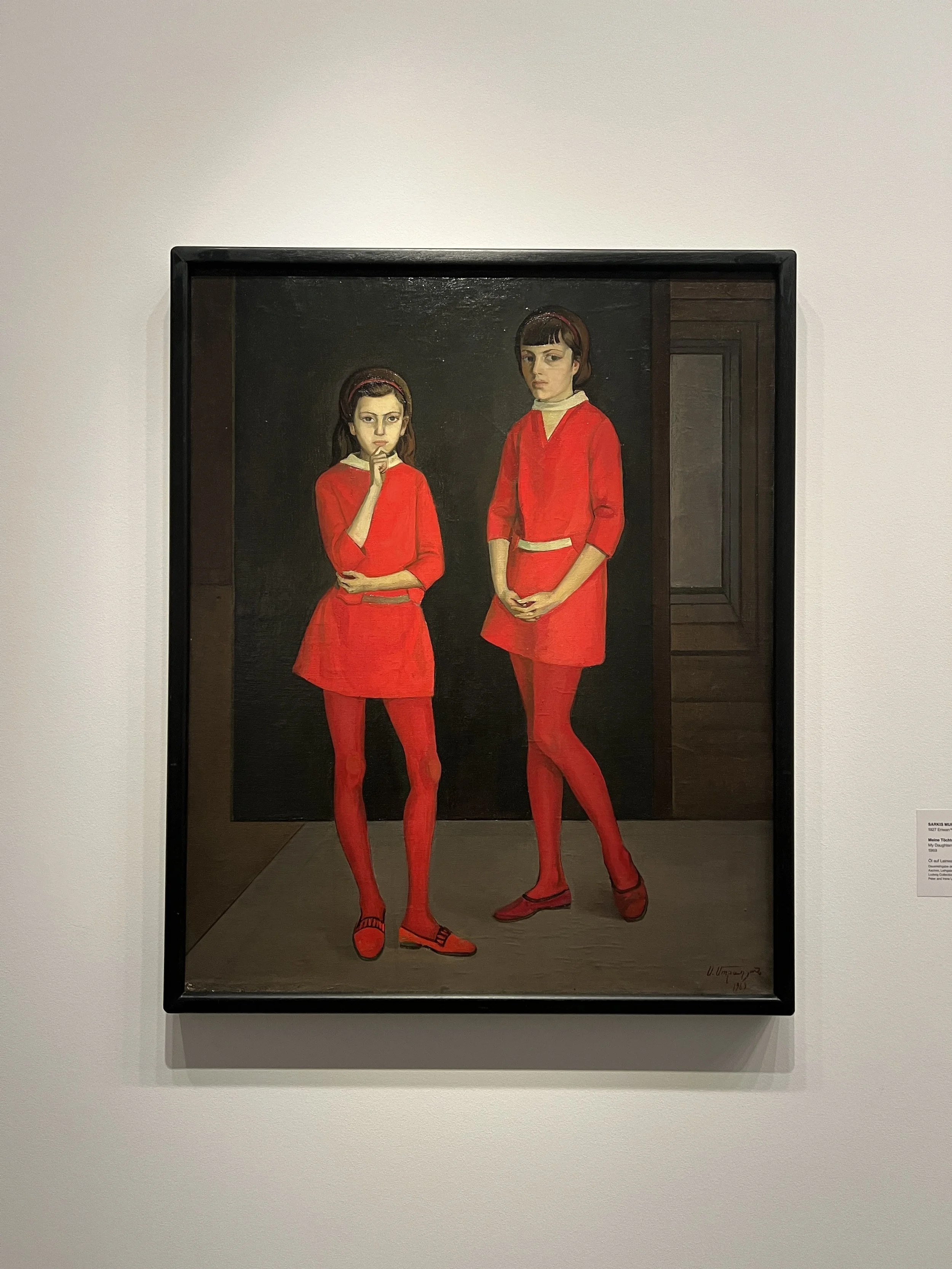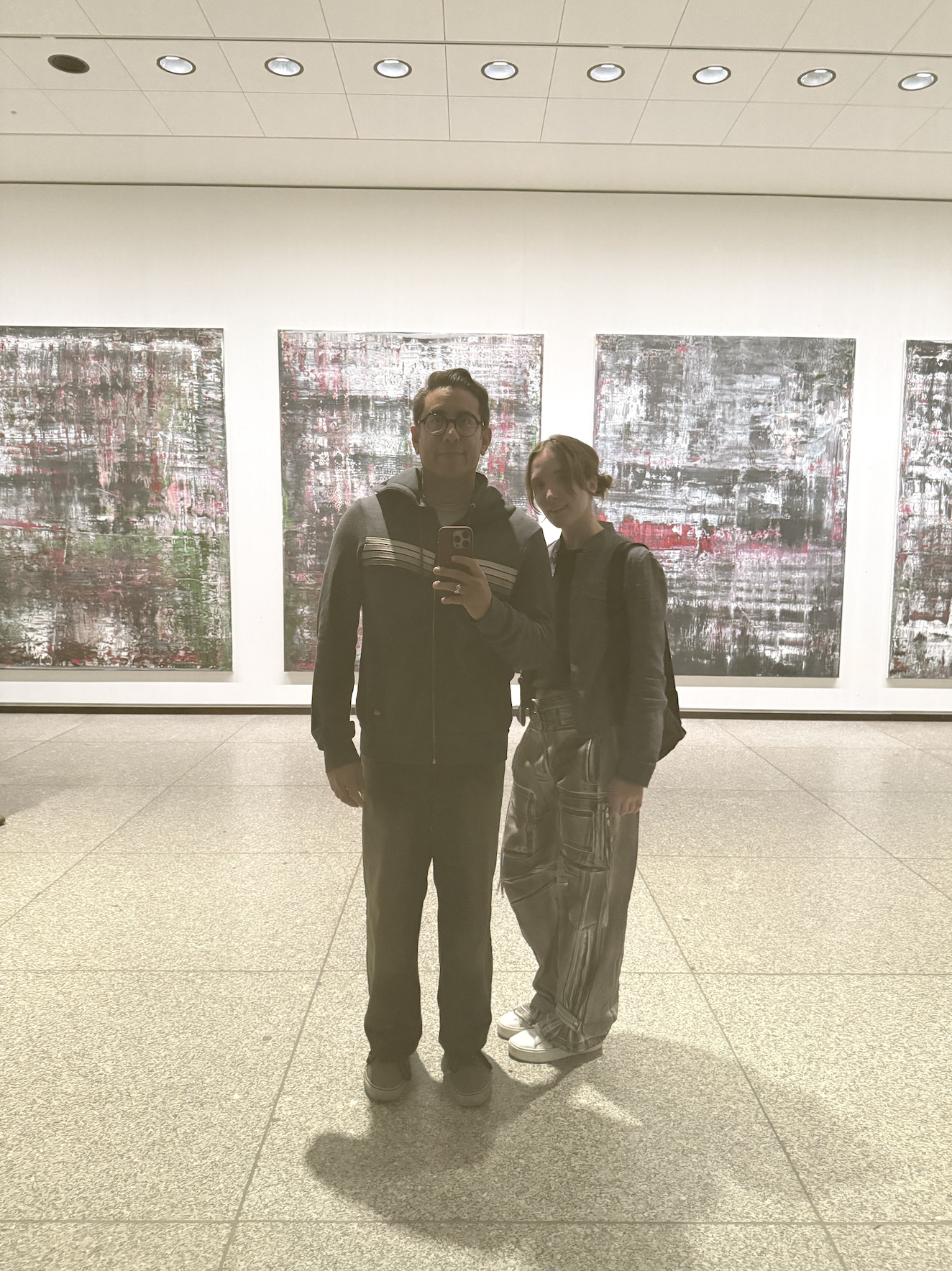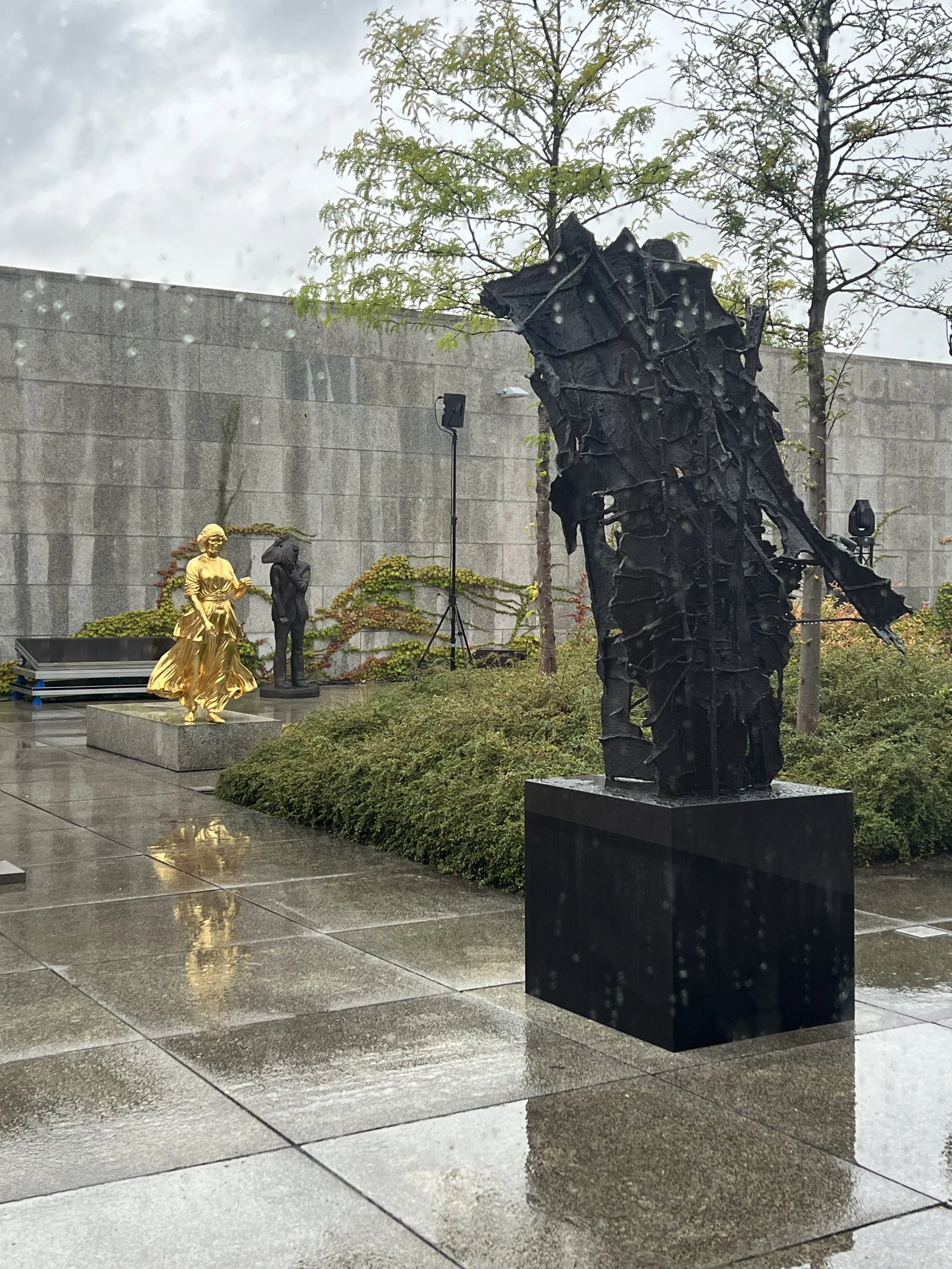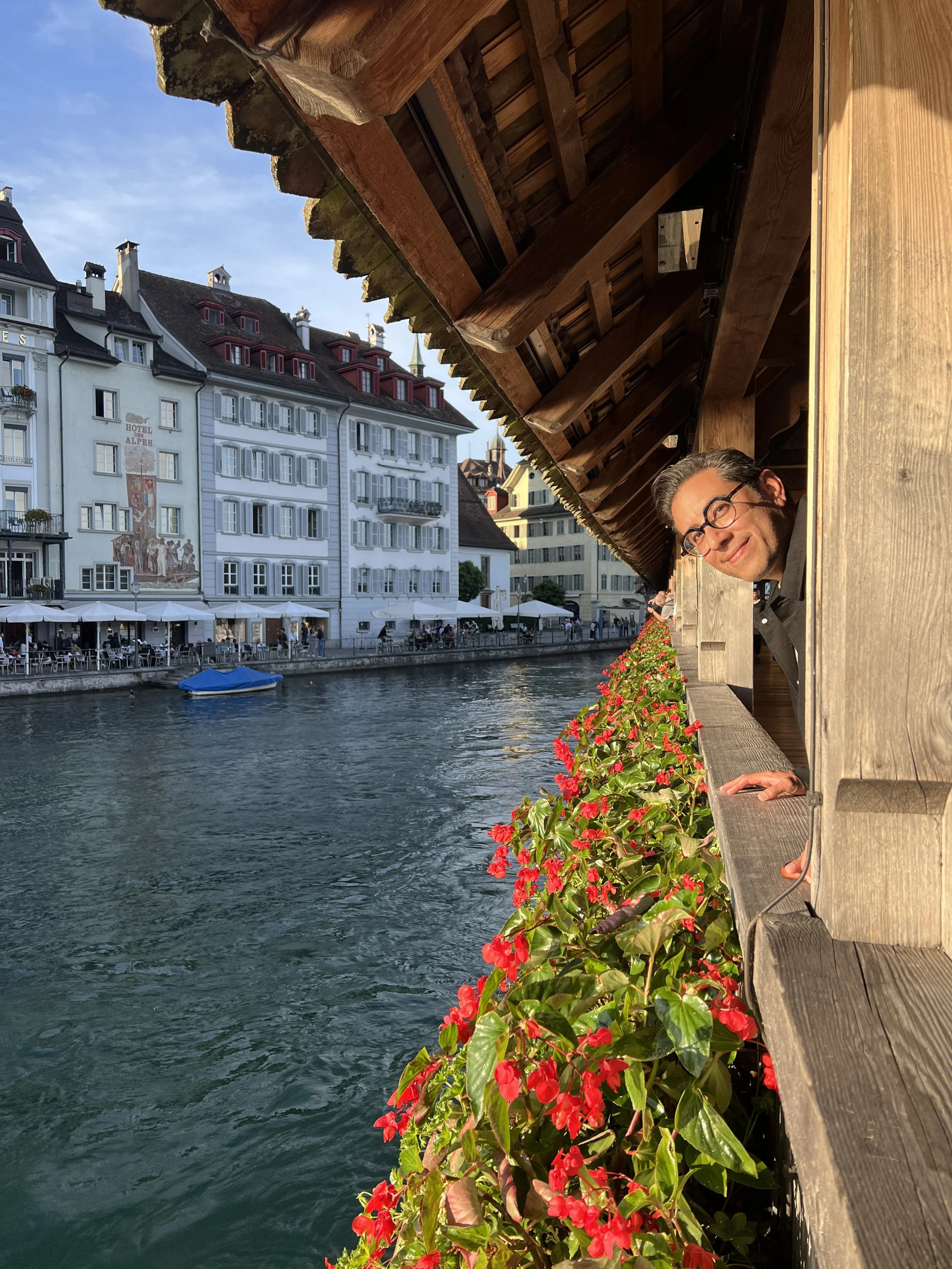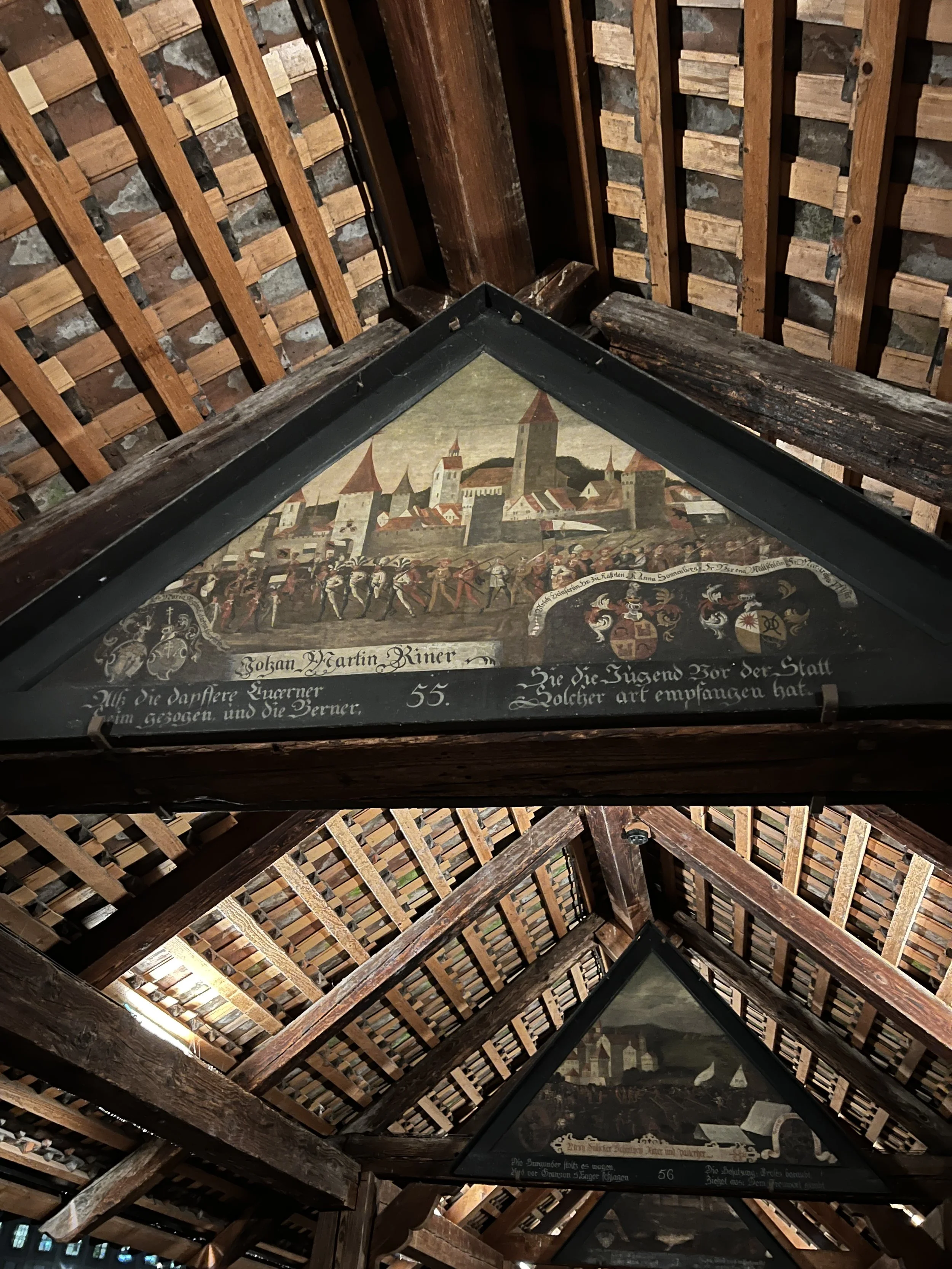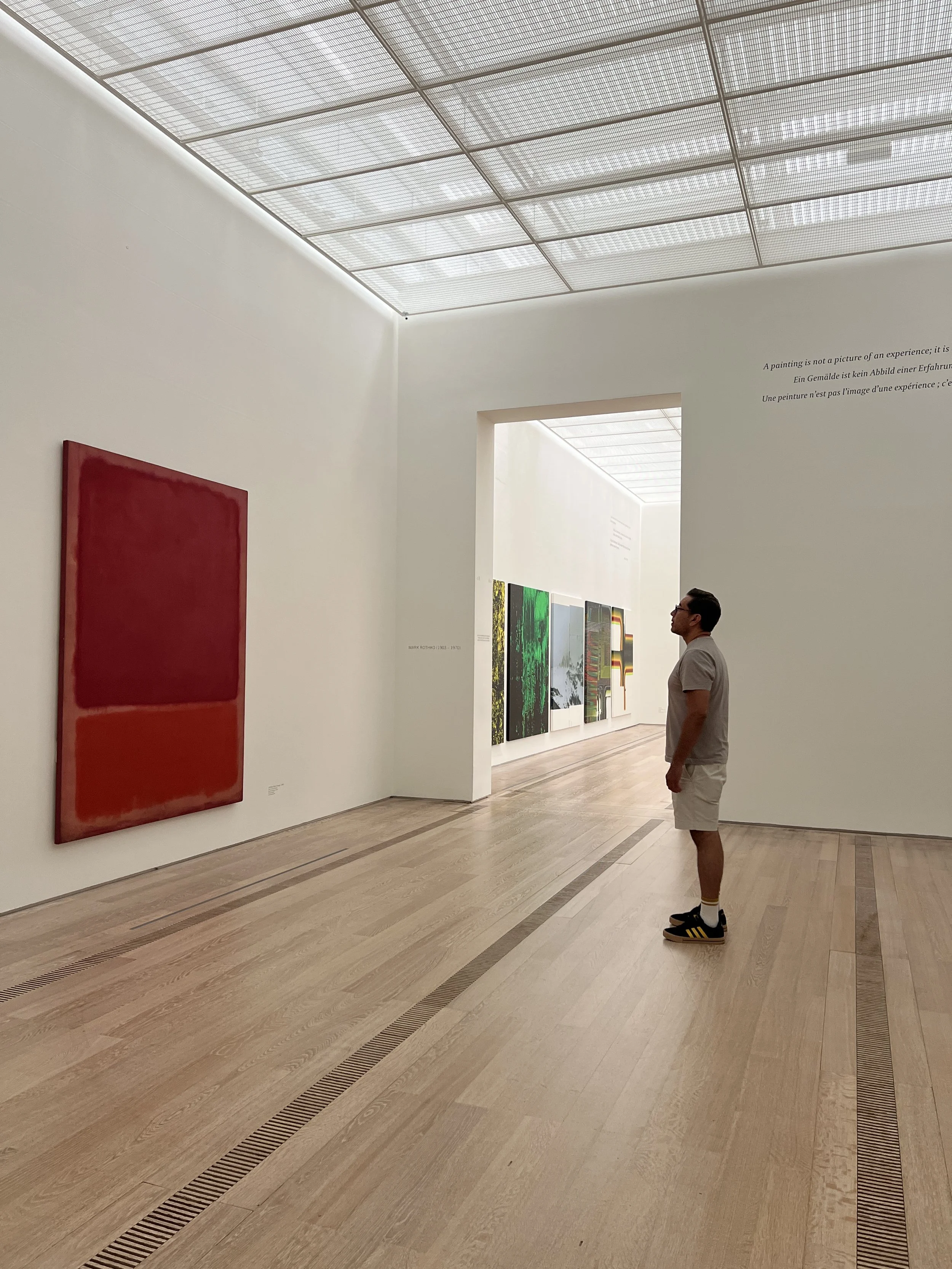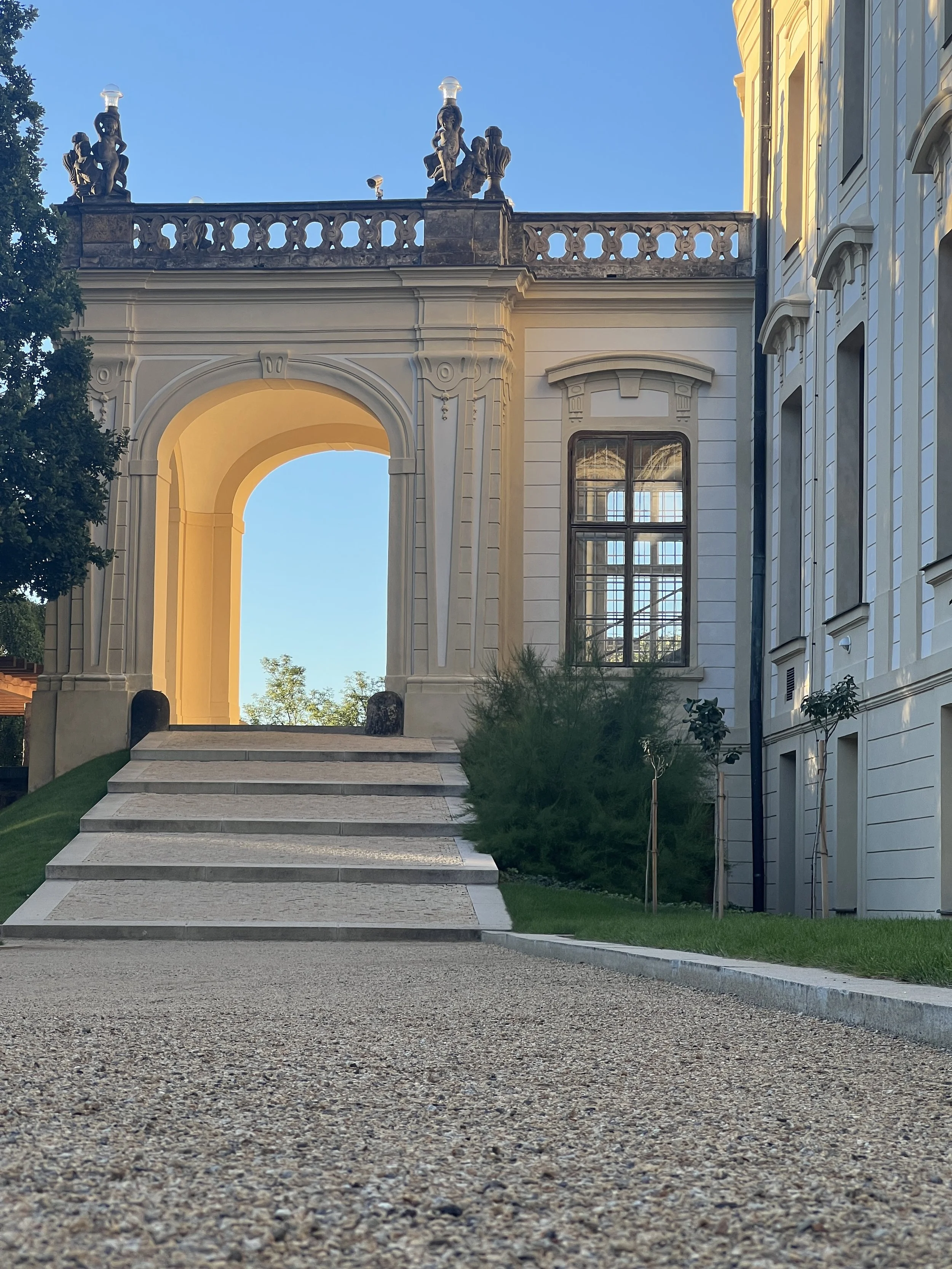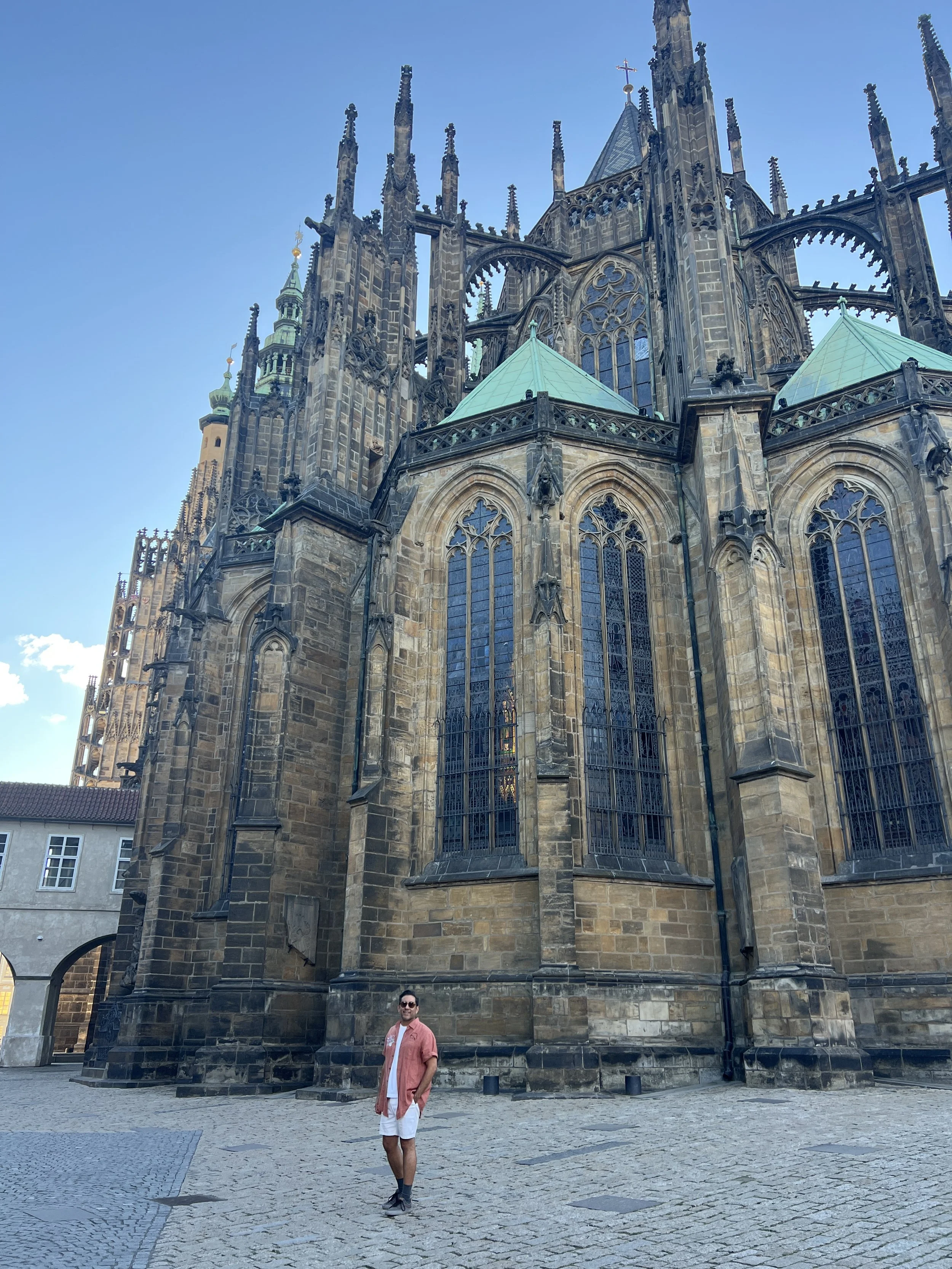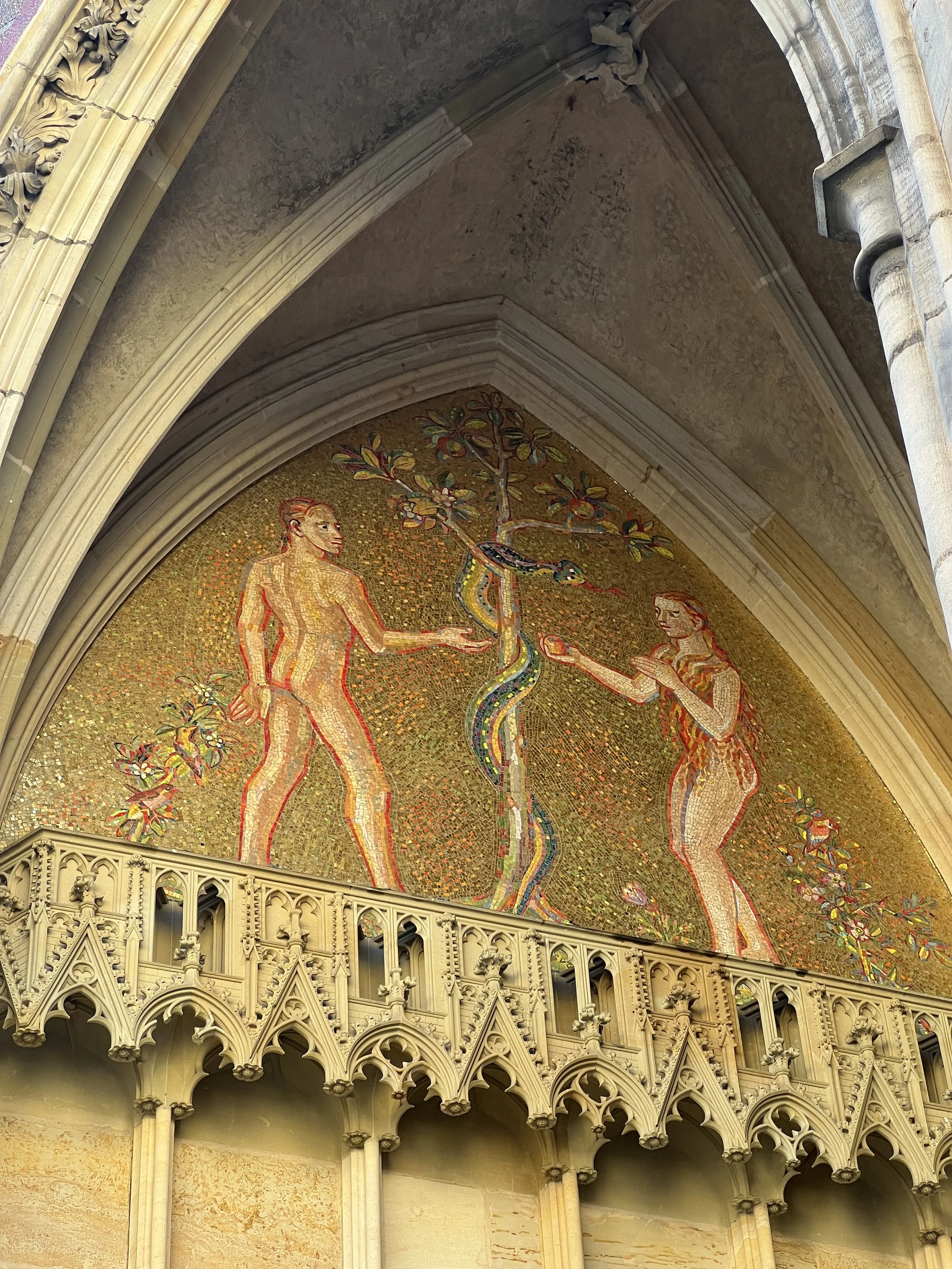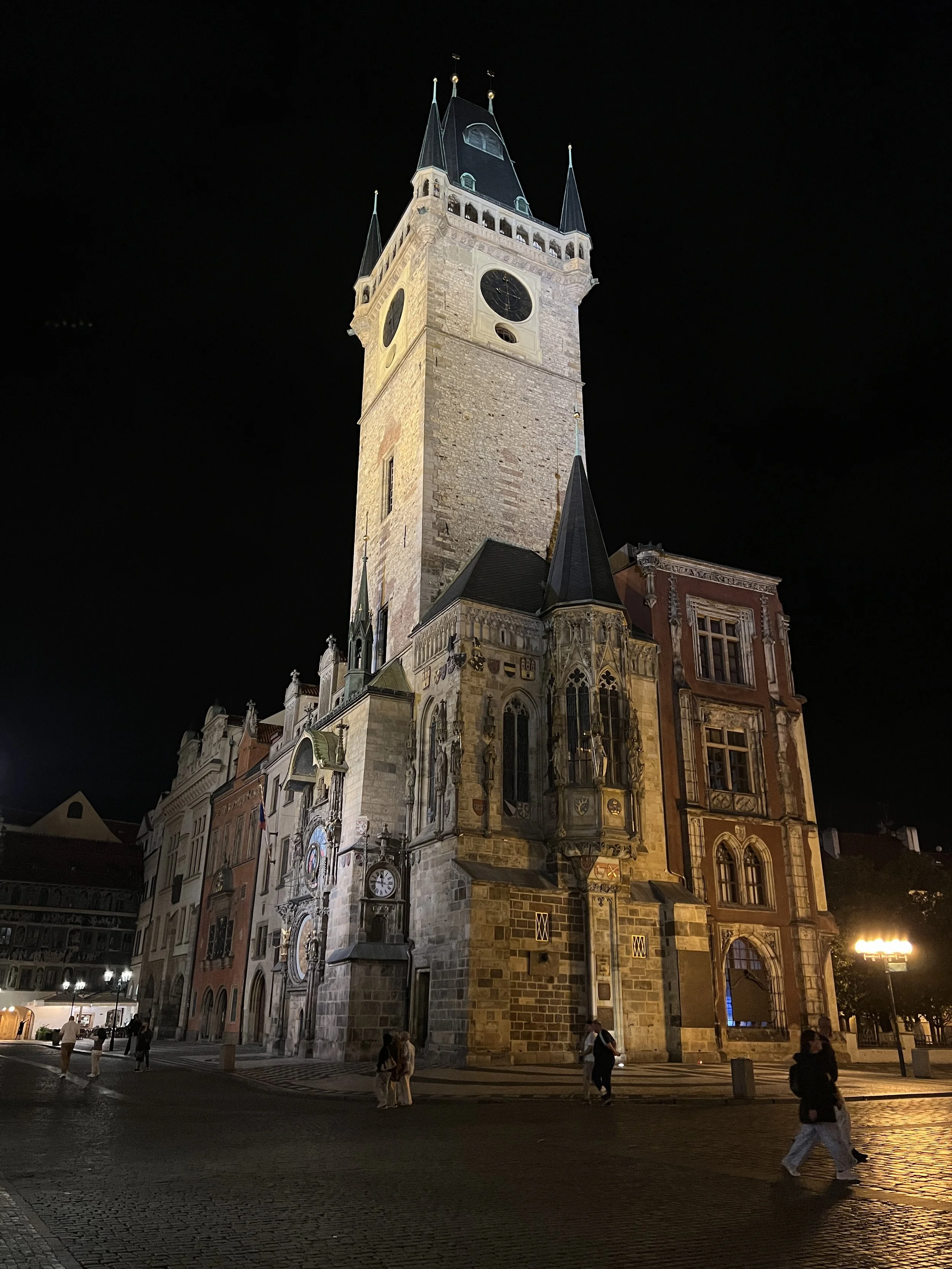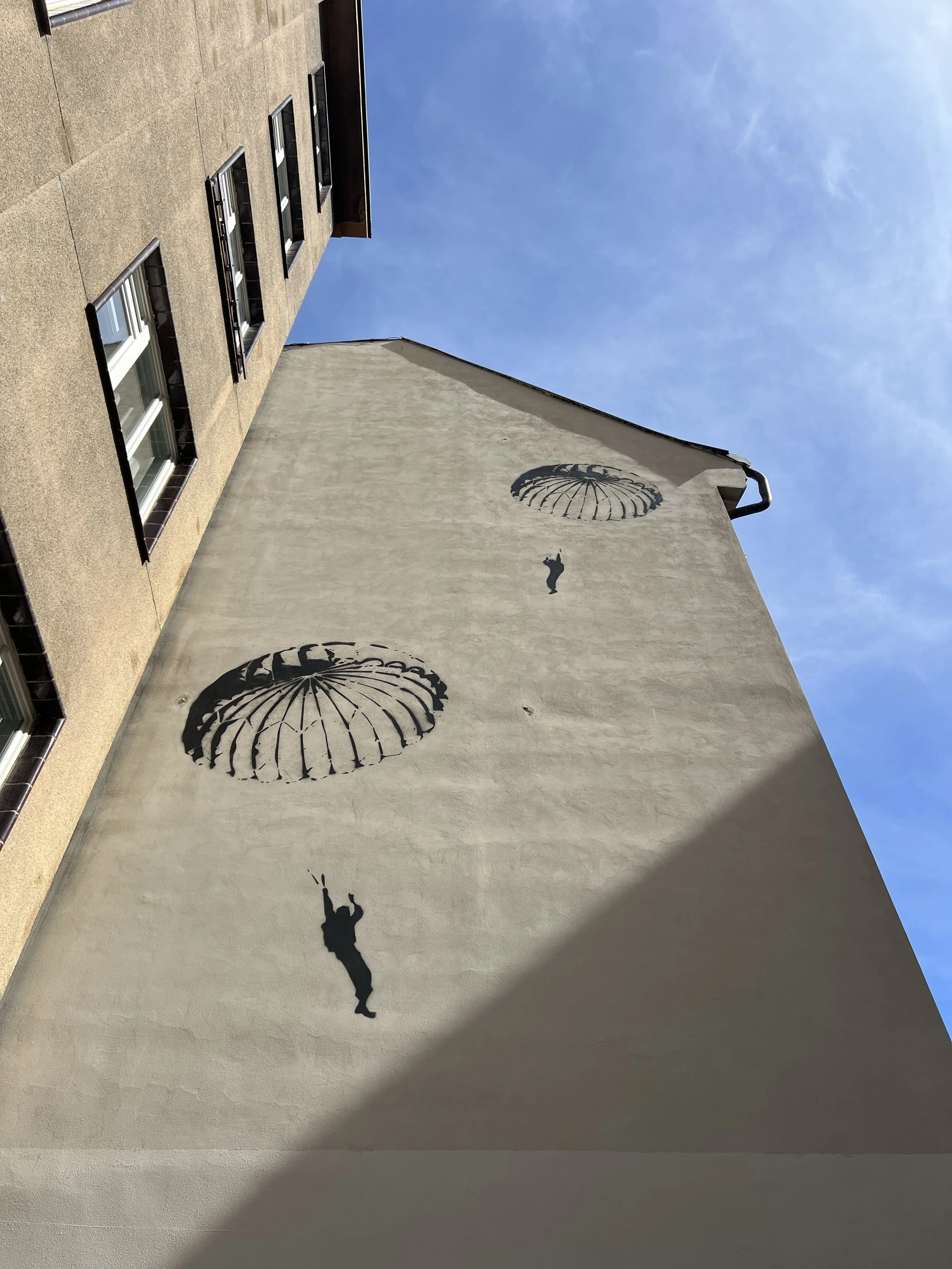European Art Travels
Our top travel suggestions for art & design aficionados visiting Switzerland, Berlin, or Prague.
From Prague’s medieval monasteries to Berlin’s repurposed bunkers and Basel’s modernist sanctuaries, each destination we visit reveals how art shapes—and is shaped by—its surroundings. These spaces invite us not only to view art but to experience it: through architecture, history, and the rhythm of contemporary culture. Here are a few unforgettable stops and travel tips from our recent travels:
Berlin, Germany
Located in a restored 19th-century building in Berlin’s Mitte district, Fotografiska Berlin blends contemporary photography, art, and culture in a dynamic, ever-changing environment. Exhibitions range from avant-garde to documentary, often accompanied by immersive installations and live music. The rooftop bar and restaurant, with sweeping city views, make it a perfect spot to end an afternoon of visual discovery.
Housed in a converted WWII bunker in the heart of Berlin, The Boros Collection presents contemporary art in raw dialogue with history. The private collection of Christian and Karen Boros features rotating exhibitions of large-scale installations and conceptual works by artists such as Ai Weiwei and Olafur Eliasson. Visits are by guided tour only, creating an intimate encounter with both the art and the space’s charged past. We loved their more conceptual art collections that introduce visitors to innovative present-day artists. Make sure to book your tickets ahead of time.
Held in the cavernous halls of Kraftwerk Berlin—a former power plant turned cultural landmark—Atonal Festival merges experimental sound with immersive visual art. The architecture’s raw concrete, vast scale, and industrial acoustics create a setting that feels both futuristic and ancient. Each year, the festival transforms the space through site-specific installations, art films, projections, and large-scale murals, blurring the lines between club culture, performance, and contemporary art. It’s not just a music event—it’s a total sensory environment.
Each September, Berlin Art Week transforms the city into a vast canvas of contemporary expression. Galleries, museums, and project spaces collaborate on a week-long program of exhibitions, performances, and talks highlighting emerging and established artists. From the industrial halls of Tempelhof to intimate studio visits, the event captures Berlin’s spirit as one of Europe’s most vital and experimental art capitals. We also highly suggest the major museums like the Neue Nationalgalerie designed by Ludwig Mies van der Rohe.
Switzerland
The Kapellbrücke or Chapel Bridge is a covered wooden footbridge spanning the river Reuss diagonally in the city of Lucerne in central Switzerland. Despite partially burning down in 1993, the bridge still contains interior paintings dating back to the 17th century. It is the oldest wooden covered bridge in Europe, as well as the world's oldest surviving truss bridge. We suggest you take a boat tour of Lucerne
Designed by Renzo Piano, the Fondation Beyeler seamlessly integrates art, architecture, and nature. Its serene galleries based in Reihen near Basel hold one of Europe’s finest collections of modern masters—Monet, Picasso, Rothko, and Giacometti among them. The museum’s tranquil pond and surrounding parkland enhance the contemplative atmosphere. After exploring, linger at the museum’s café terrace for coffee and pastries framed by views of the Swiss countryside.
Zürich’s cultural pulse runs from the refined exhibitions at Kunsthaus Zürich that showcase an exceptional collection of Swiss and international artists to the bohemian origins of Cabaret Voltaire and the elegant warmth of Restaurant Kronenhalle. At Cabaret Voltaire, the Dada movement was born in 1916—a rebellious collision of poetry, performance, and absurdity that forever changed the course of modern art. End the day at Kronenhalle Restaurant, where artists like Miró and Chagall once dined beneath their own paintings, and classic Swiss dishes are still served with old-world grace.
Prague, Czech Republic
The Dancing House, or Ginger and Fred, is the nickname given to the Nationale-Nederlanden building in Prague. designed by the Croatian-Czech architect Vlado Milunić in collaboration with architect Frank Gehry on a vacant riverfront plot. The building was designed in 1992 and completed in 1996. The rooftop has a fabulous restaurant.
Perched within Prague Castle, the Lobkowicz Palace houses the private collection of the Lobkowicz family—one of Europe’s oldest noble dynasties. The museum features masterpieces by Bruegel, Canaletto, and Velázquez, as well as original manuscripts by Beethoven and Mozart. Daily classical concerts fill the Baroque halls with music once performed for royalty. After exploring the palace, enjoy a leisurely lunch on the terrace café overlooking the red rooftops of Prague—a view as unforgettable as the art itself.
Founded in the 13th century by Princess Agnes of Bohemia, this Gothic Convent of St Agnes of Bohemia now forms part of the National Gallery Prague. Its quiet, vaulted spaces display medieval and early Renaissance art from Bohemia and Central Europe, offering a serene counterpoint to the city’s bustle. The convent’s cloisters and gardens invite slow wandering and reflection—an ideal stop for those drawn to the spiritual roots of Czech art.
Our honorable mention is Prague Fashion Week, hosted at their premier nightlife destination, SaSaZu Club. It just happened to be taking place during our stay and was a great scene to meet local tastemakers far from the hectic tourist areas; you can purchase a ticket at Prague Mercedes Benz Fashion Week website.
For more art travel inspirations and advice, visit us on Instagram here.




